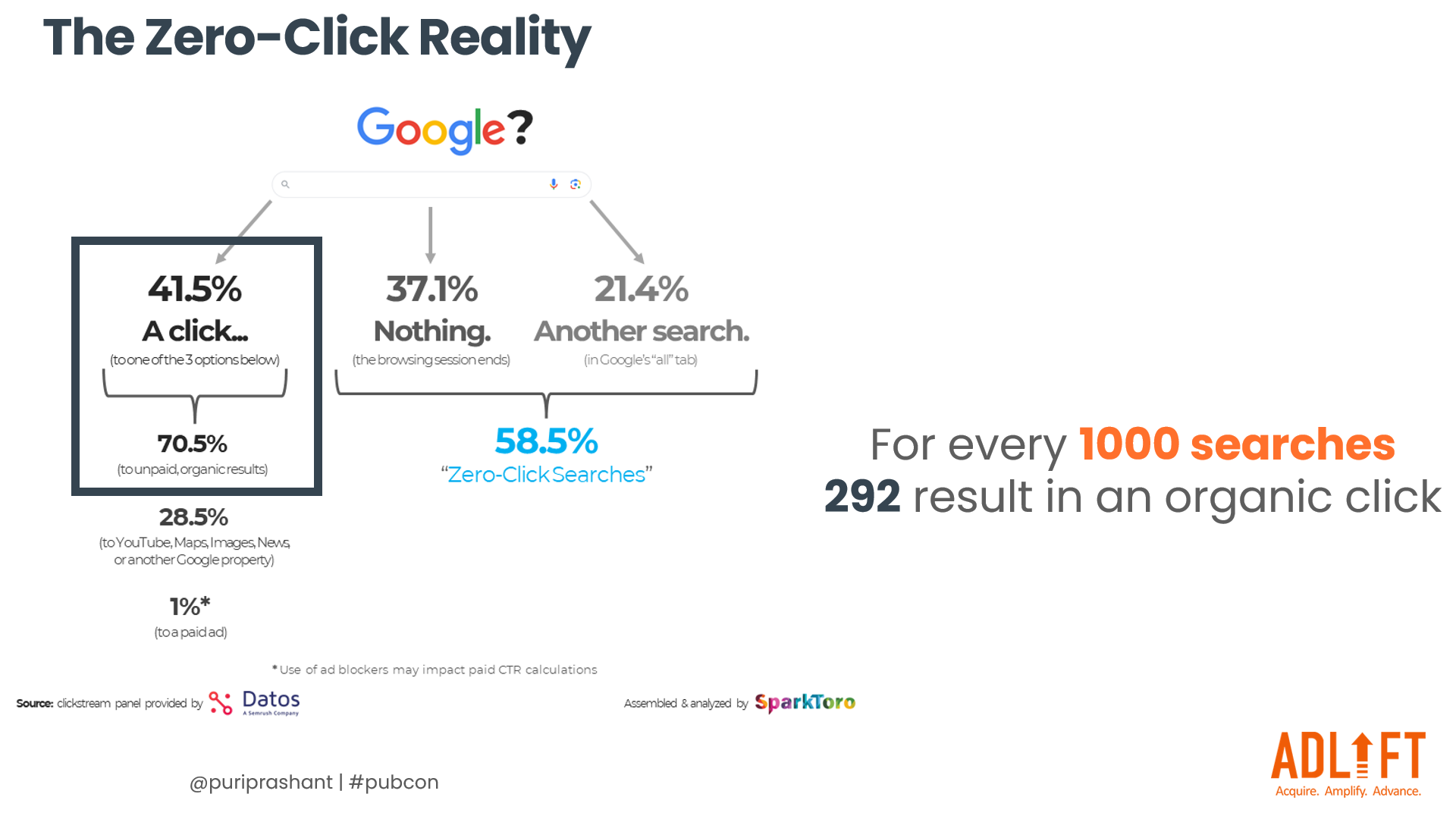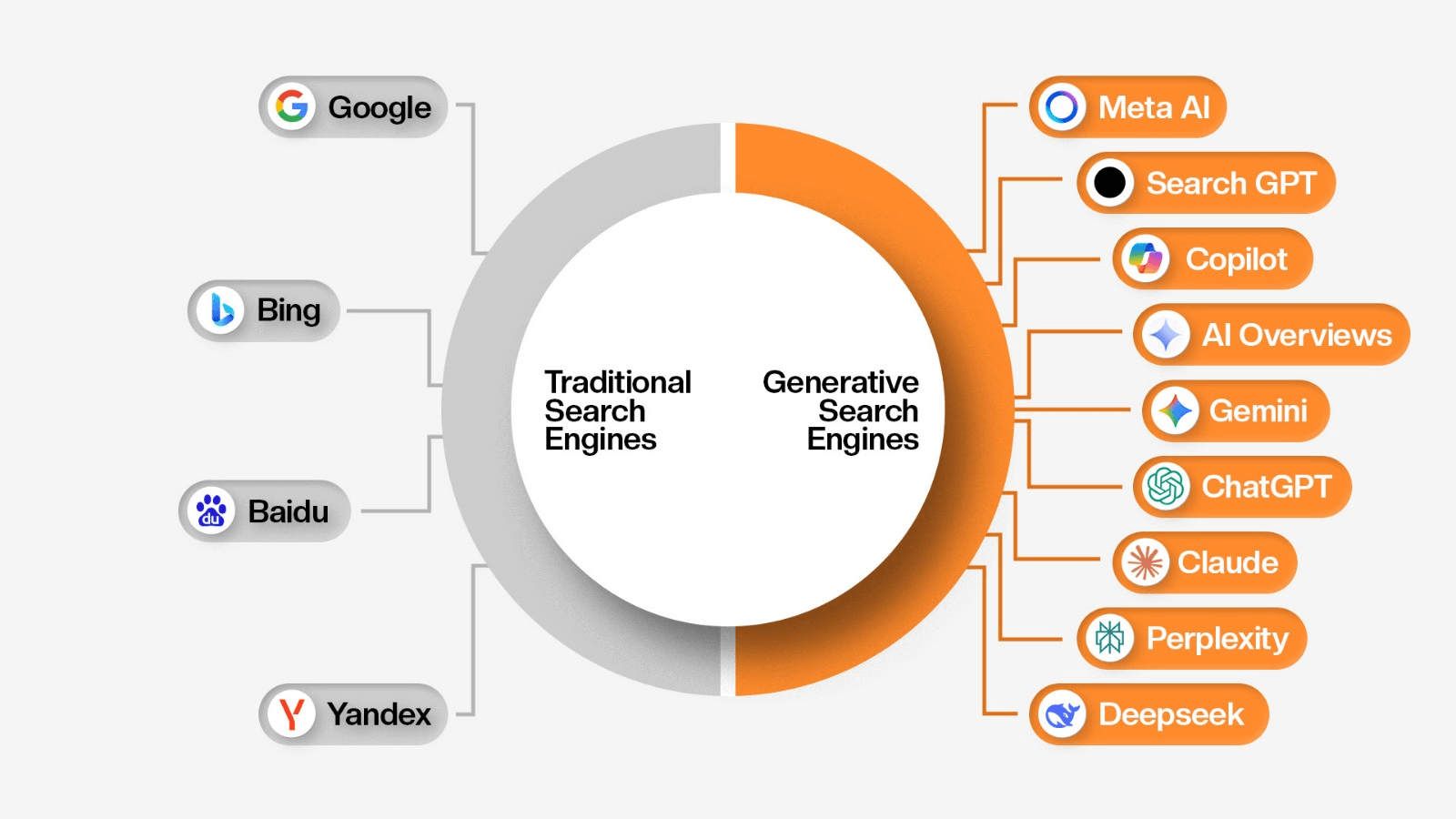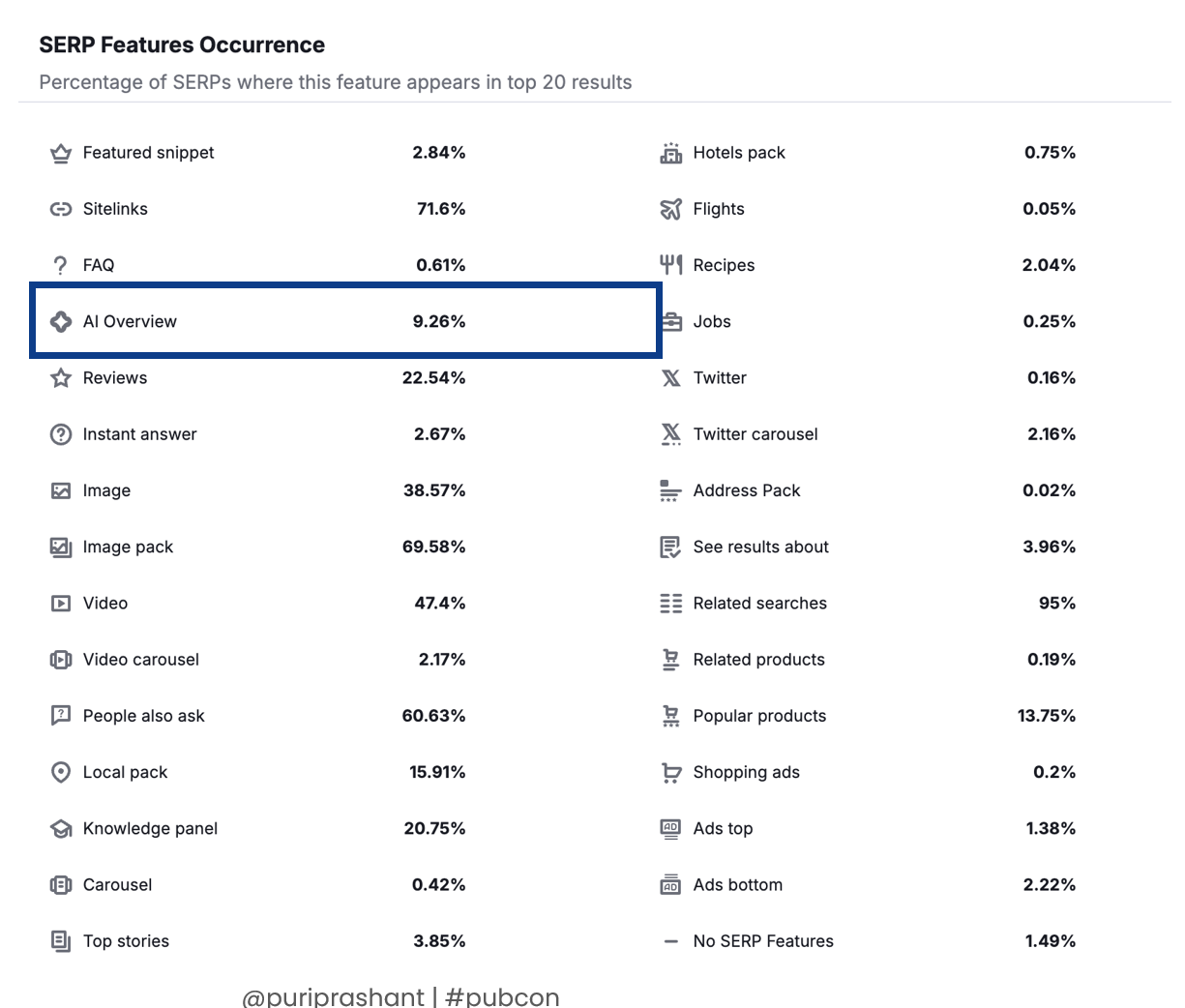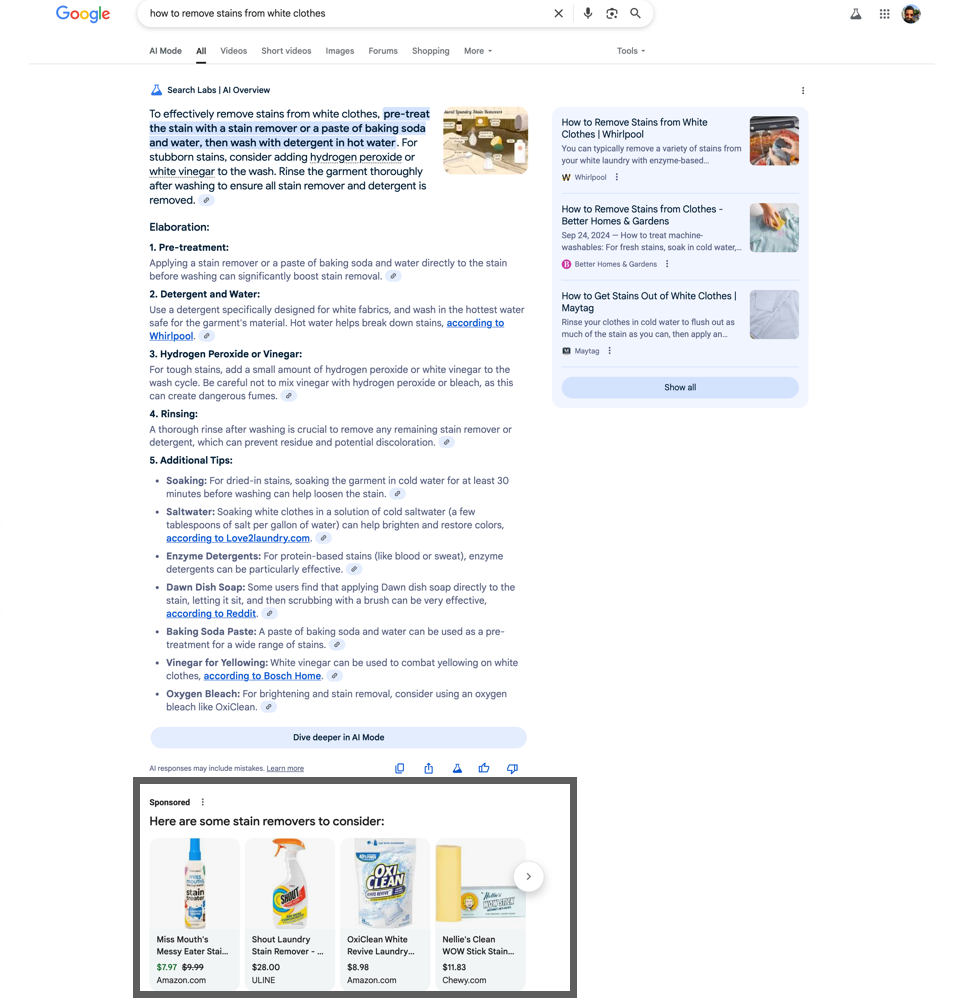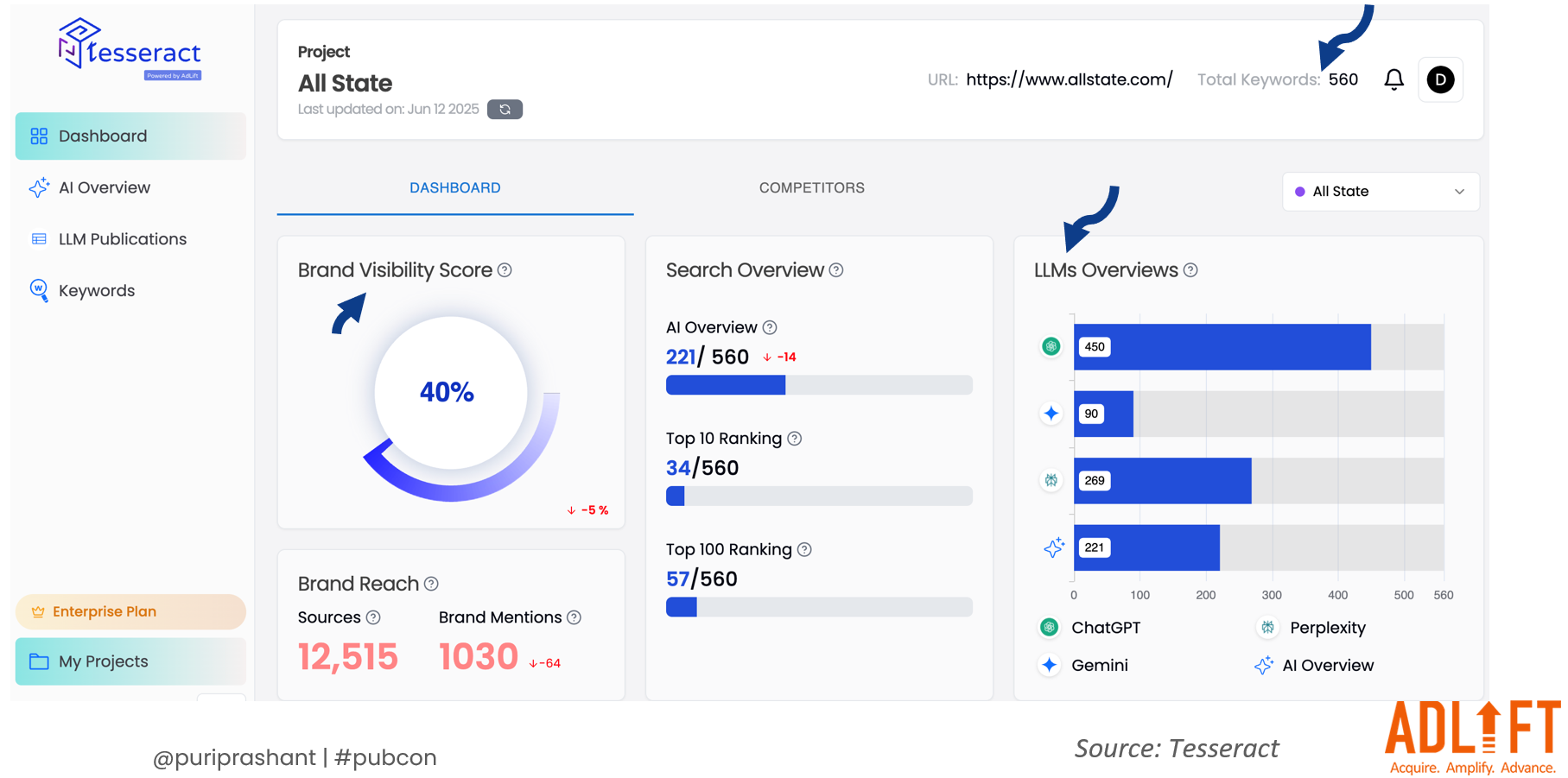Surviving Zero-Click Search: How to Win When Google Keeps the Traffic By Prashant Puri, CEO & Co-Founder, AdLift
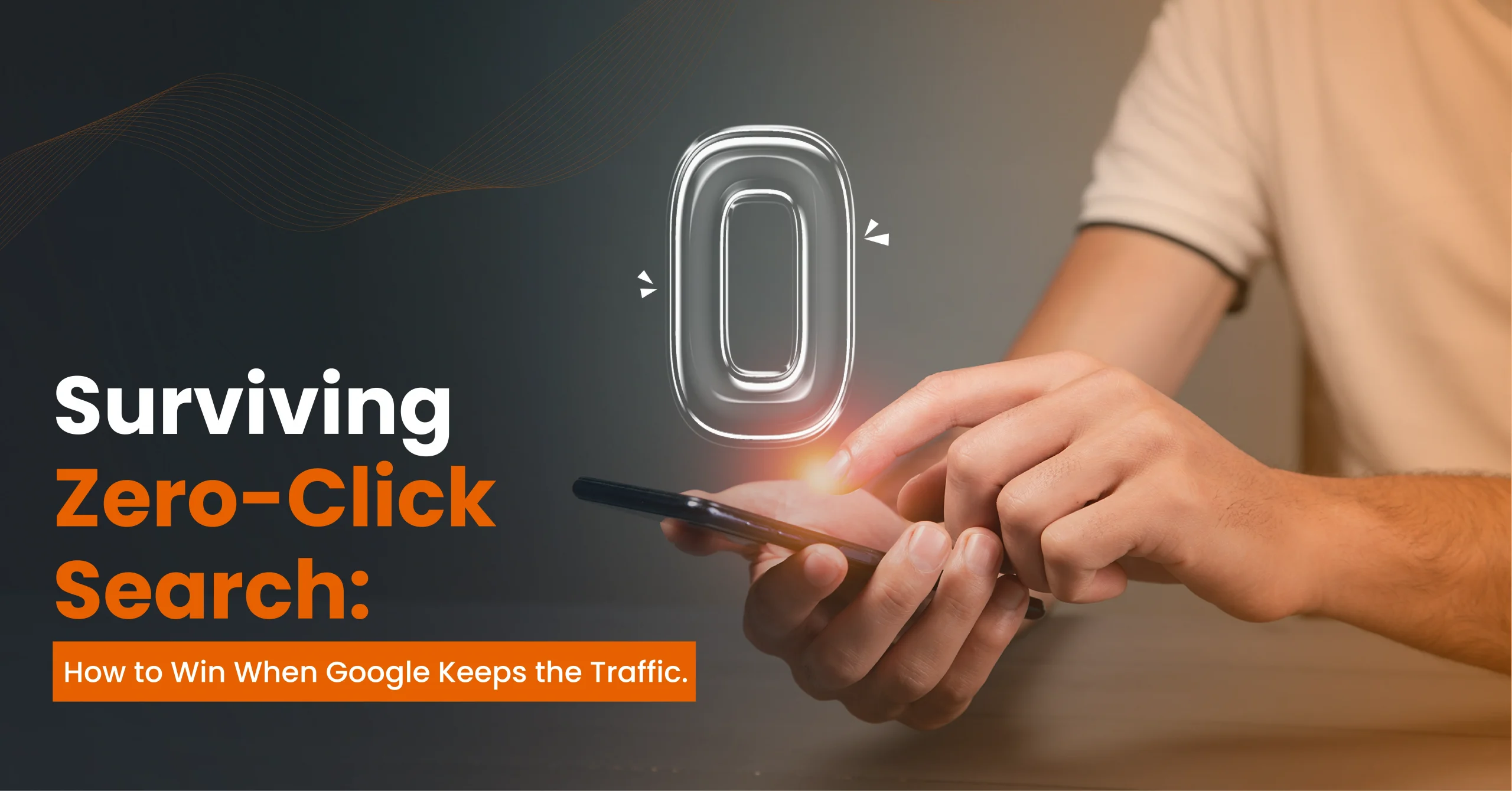
Back in the day (yeah, I am now called an SEO ‘veteran’!), winning on Google meant ranking #1. You showed up, you got the click, and with any luck, you converted the user. That was SEO in its simplest form.
But the game has changed. Today, zero-click searches dominate the SERP. Google, ChatGPT, and other AI-driven search tools are increasingly answering questions before users ever reach your website.
So, where does that leave brands and marketers?
In this post, I’ll unpack what zero-click search means for your digital strategy in 2025, and more importantly, how to stay visible even when the clicks don’t come.
The Zero-Click Reality
Zero-click searches aren’t a trend; they’re the new norm.
For every 1,000 searches on Google, only 292 result in an organic click. That’s a 71% drop-off, where users find what they need directly from the search results, without visiting a single webpage.
Why Zero-Click Is Both a Threat and a Massive Opportunity
Let’s be honest, zero-click search feels threatening to marketers, and for good reason.
You’ve invested in SEO, optimized your content, built backlinks, and climbed to the top of the SERP… only for Google to answer the user’s question directly, without ever sending them to your site.
So yes, this shift lowers your click-through rates (CTR). It may even shrink your direct conversions if your only goal is traffic.
But here’s where most brands miss the bigger picture:
Zero-click is a branding goldmine.
When your content is featured in:
- AI Overviews
- Featured Snippets
- People Also Ask boxes
- LLM-generated summaries on ChatGPT or Perplexity
…you’re not just driving clicks, you’re owning the answer.
This gives your brand:
- Instant visibility on high-volume queries, even without ranking #1
- Association with trust and authority, since you’re cited by AI or search engines
- Top-of-mind recall, especially at the early consideration stage
If your brand appears in these AI-powered responses, you can build awareness, authority, and even engagement, all without the user ever clicking through. You’re influencing the conversation. And that’s a win in itself.
Search Has Evolved. Have You?
Search is no longer limited to a box on Google. The definition of “search” now spans:
And each of these is shaping consumer behavior in new ways.
AI Overviews now appear in ~10% of all searches on Google (That’s over 41 billion searches/month)
AI Overviews Are Taking Over the SERP
If you’re still picturing AI Overviews as a sidebar experiment or a bottom-of-the-page add-on, think again.
Google has fully integrated AI Overviews into the prime real estate of the search experience, and the implications for brands are enormous.
AI Overviews Now Appear Within ‘People Also Ask’
Traditionally, People Also Ask (PAA) was a great way to grab extra visibility, especially with FAQ-style content. But now, AI Overviews are showing up inside the PAA section, pushing traditional links further down.
That means your answer to a common follow-up question may no longer link to your website, it may get paraphrased, summarized, and rephrased by Google’s generative AI.
What this means for you:
Your content strategy needs to account for follow-up intent. You’re not just optimizing for one keyword, but also for the questions that come after. AI uses PAA-style flow to keep users engaged, and your brand needs to be part of that entire journey.
AI Overviews Are Now Appearing Above Ads
This is a seismic shift.
Paid search ads have historically claimed the top spots on SERPs. But now, AI Overviews are leapfrogging even the ads, appearing as the very first thing users see.
In effect, Google is saying:
“Before we show you paid content, here’s what our AI thinks you need to know.”
What this means for you:
If you’re relying purely on paid search to drive visibility, you’re already behind. Users are consuming AI-generated answers before they see your ad. Your organic content needs to show up in those overviews, or risk becoming invisible.
Google Has Started Monetizing AI Overviews with Ads
The biggest signal that AI Overviews are here to stay. Google is now placing ads within the AI Overview itself.
This means:
- AI Overviews are no longer just a “helpful assistant”; they’re a new monetization surface
- Your competitors may appear inside the overview, where your content is summarized
- Your organic presence and paid strategy now have to co-exist within the same AI-generated block
What this means for you:
You need to think like a publisher and an advertiser. If your page is summarized in an AI Overview, but a competitor’s ad is placed inside that same block, you could be doing the hard work while they collect the lead.
This is where AI search optimization meets performance marketing. The brands that win are the ones that manage both, ensuring their content and ad placement are aligned to dominate AI real estate.
How to Optimize for Zero-Click Search and AI Overview
Here’s what our research at AdLift (in collaboration with Ahrefs and SEMrush) reveals about winning the AI Overview and zero-click search battle:
Target Long-Tail, Informational Queries
AI Overview is most likely to appear for 4+ word keywords, especially those that are top-of-funnel, low competition, and informational.
- 94% of these queries are non-branded
- Top 2–10 results drive more than 1M monthly search volume
Action: Build content around questions, how-tos, and comparisons that your audience is asking, especially early in the customer journey.
Optimize for Featured Snippets and PAA
If you’re ranking for People Also Ask or Featured Snippets, you’re already in the running for AI Overview. These are stepping stones to Google’s generative summaries.
Action: Structure content with clear headings, bullet points, schema markup, and concise answers to common questions. Tools like ContentLift by AdLift help identify snippet opportunities.
Build Authoritative, Multi-Domain Content
AI Overviews prefer well-linked pages from domains with authority. The average referring domain count is just 13, so it’s still accessible.
Action: Create cornerstone content backed by internal links, expert opinions, and original data. Think beyond the blog post: videos, infographics, tools, and FAQs add value.
Track AI Visibility Across Platforms
You can’t improve what you can’t measure.
At AdLift, we use Tesseract, our proprietary AI SEO tool, to track brand mentions across:
- Google AI Overview
- ChatGPT responses
- Perplexity citations
- Gemini summaries
The results?
- 142% increase in AI Overview visibility for clients in alternate investments
- 112% improvement in SEO rankings for energy brands
- 75% increase in AI visibility for telecom clients
Action: Use tools like Tesseract to analyze your brand’s generative visibility footprint. Then optimize your content to earn more citations.
Beyond Google: LLMs Are Redefining Discovery
Google isn’t the only player anymore.
In fact, LLM-powered engines like ChatGPT and Gemini are already changing how users search and which brands they see.
- LLMs already command 7% market share, surpassing Bing’s first decade
- Most prompts are informational or exploratory, not transactional
- The average prompt is 5x longer than a Google search
Industries seeing the most referral traffic from LLMs:
The opportunity here isn’t just traffic, it’s trust. If your brand is cited by an LLM, the user assumes it’s credible. That kind of implicit endorsement builds brand authority in powerful, lasting ways.
So, What Should You Do Now?
To win in the era of zero-click and AI-powered search:
Think beyond rankings. Focus on shaping the answers, not just appearing on page one.
Diversify your content. Include guides, FAQs, and expert explainers that AI models love to cite.
Use data to guide your moves. Track how your brand performs in AI Overviews and LLMs with tools like Tesseract.
Double down on visibility. If you’re not being cited, you’re being forgotten.
Final Word
Zero-click doesn’t mean zero ROI.
When done right, optimizing for AI and zero-click search increases impressions, boosts brand authority, and improves top-of-funnel engagement, even without the click.
And as Google CEO Sundar Pichai put it:
“Links in AI Overviews get more clicks than traditional listings for the same query.”
The game is changing. The question is: Are you changing with it?
Want to win in the age of zero-click search and AI-powered SERPs? Team up with an AI SEO agency like AdLift to future-proof your digital visibility strategy.
